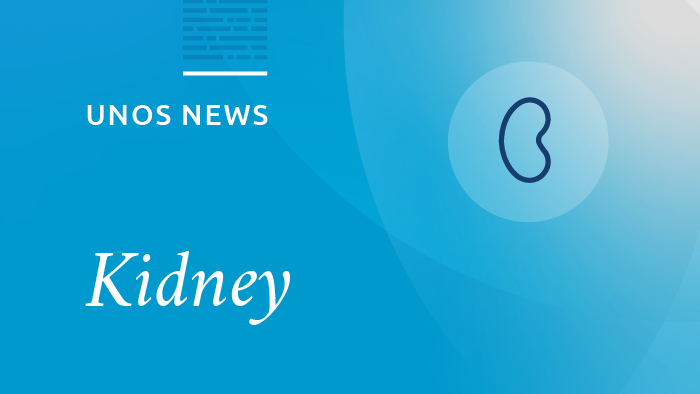When the OPTN implemented the new kidney allocation system on December 4, 2014, any missing maximum acceptable KDPI values were set to either 85% or 100%, based on each candidate’s previous SCD/ECD acceptance criteria. For example, if candidates were listed as willing to accept ECD offers, they received a maximum value of 100%. If candidates were listed as not willing to accept ECD offers, they received a maximum value of 85%.
On May 27, 2014, before KAS’s implementation, a maximum KDPI Listing Default tool was made available in WaitlistSM. Using this tool was optional and gave kidney programs the ability to set program-wide maximum KPDI values, which are used to prefill the maximum acceptable KDPI fields on subsequently added kidney registrations. UNet users can then edit these values for each individual candidate registration, as desired.
If kidney programs used this tool and didn’t modify the maximum KPDI values when listing subsequent candidates, the values would have been set according to the Listing Default Tool. For example, since only missing values were modified on December 4, maximum KDPI values of 85% would not have been changed to 100% for candidates listed as willing to accept an ECD kidney.
Kidney programs used the maximum KDPI Listing Default tool must individually modify the maximum KDPI valuesof theircandidates if they want them to receive offers from donors with KDPI>85. These programs may also want to verify that any subsequently added candidates have the desired maximum acceptable KDPI values.

